Gentrification is often defined as a process of renovation of deteriorated urban neighborhoods by means of the influx of more affluent residents.
Question: Can an economically distressed area be revitalized yet avoid the influx of affluent residents needed for gentrification?
Welcome Gentrifanatics!
In this edition of Gentrifanatic I’ll be introducing the first installment of our “Case Study” series.
If you pay attention to the economy, even a little bit, I’m sure you’re aware of trouble in the City of Detroit Michigan. Once the capital of industry and home to the world changing Ford Company; mentioning Detroit today brings up visions of corruption and poverty for many.
Well, a lot of good people are doing a lot of good work to change that perception.
This post will take a look inside Detroit’s efforts in urban farming. We’ll see how they’re making healthy food and new jobs available to their residents. I’ll explain why this matters to you and how it can benefit your own wealth goals.
Background on Detroit
Detroit in the 195o’s was home to 1.8 million people. Back then Detroit was 83 percent White and 16 percent Black. Being America’s fourth largest city at the time, Detroit had 296,000 manufacturing jobs. As you may have guessed, the majority of these jobs were in the automotive industry.
Between 1948 and 1963 Detroit lost about 134,000 manufacturing jobs; a 45 percent decrease! 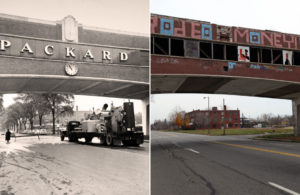
In the late 60’s, early 70’s, longstanding workplace, housing, and education race based discrimination led to civil unrest in Detroit. This came to a head in one the largest riots in U.S. History; the 1967 Twelfth Street Riot. During the riot Black residents were pitted against the police and the National Guard.
In the aftermath of the 5 day riot 43 people are killed, 467 injured, and more than 7,200 arrested. Approximately 2,000 buildings are destroyed.
By 1980 only 34 percent of Detroiters where White while the Black population in Detroit had risen to 63 percent. Detroit continues to struggle though the 90’s and early 2000’s.
 Back in 2009 two of the largest automobile companies, Chrysler and GM, declared bankruptcy. For Detroit, a city whose economic history is based on this single industry, this is a disaster.
Back in 2009 two of the largest automobile companies, Chrysler and GM, declared bankruptcy. For Detroit, a city whose economic history is based on this single industry, this is a disaster.
Moving to 2011 Detroit’s population has fallen to less than 715,000; the lowest level in 100 years. In 2013 Detroit becomes the largest city in history to file bankruptcy.
Today Detroit’s population has dropped below 700,000 due to disinvestment and capital flight. Now 84 percent of Detroiter’s are Black.
(acceptable) Food Scarcity
Much like any poor urban area in America, there is a scarcity of acceptable food in Detroit. What this  means is that nutritious food is hard to find. Many Detroiter’s are left with options such as gas stations, fast food, and convenience stores to purchase their meals from.
means is that nutritious food is hard to find. Many Detroiter’s are left with options such as gas stations, fast food, and convenience stores to purchase their meals from.
This lack of local nutrition is devastating to the community. It leads to numerous problems in both physical and mental health. Diet related diseases have plagued communities in Detroit for generations.
Detroiter’s are using the economic crisis in the city to their advantage.
Land in Detroit
According to many experts the entire cities of Boston and San Francisco, as well as the borough of Manhattan can fit in the open land area of Detroit.
Boston, San Francisco, and Manhattan have a combined population of 3,076,660 people. They also have and a combined land area of 117 square miles. Detroit alone has a land area of 139 square miles but a population less than 700,000.
While Detroit has over 2.3 million less people than Boston, San Francisco, and Manhattan combined, it has 22 more square miles of open land. On top of that it’s reported that 40 square miles of the city’s land is completely vacant.
Urban Farming
Detroit has an abundance of open land, proximity to water, and untapped labor force. This has led to the city currently having more than 1,500 urban gardens and farms.
A non profit organization in Detroit distributed 70,000 packets of seeds in 2016. As a result 550,000 pounds of produce were grown in the city!
Detroit’s Oakland Avenue Farm provides quality food to a low income Black neighborhood that wouldn’t normally have convenient access to such nutrition. It also stimulates the economy. Oakland Avenue Farm provides 13 full- and part-time time jobs that pay a living wage!
Detroit Entrepreneurship
Urban farming in Detroit continues to spark entrepreneurial opportunities for Detroiter’s.
Community farms in Detroit provide the residents the chance to convert abandoned buildings in their neighborhood into healthy restaurants. These restaurants then source their food from the local farms. Entrepreneurs have the opportunity to build off of the momentum of urban farming. At the same time they provide a service to their neighbors and strengthen their community.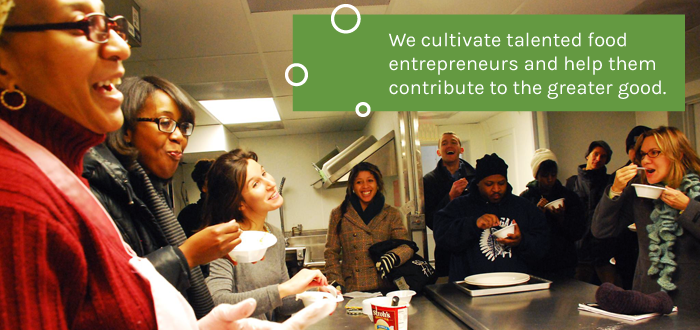
Brightmoor, a low income neighborhood in Detroit, is a shining example of this type of entrepreneurial drive. Residents of Brightmoor banded together and purchased an abandoned, foreclosed building in their neighborhood. They turned this building into a community kitchen/cafe where the urban farmers that live in Brightmoor can sell their goods.
Food Lab Detroit is another Detroit non profit that helps entrepreneurs start and scale local healthy food businesses. They provide education, training, and access to mentorship that entrepreneurial minded locals would not usually have access to.
Culturally Appropriate Businesses Combating Gentrification
One of the main issues people have with gentrification is that it destroys the culture of the existing residents. This leads to long time residents feeling like strangers in their own communities.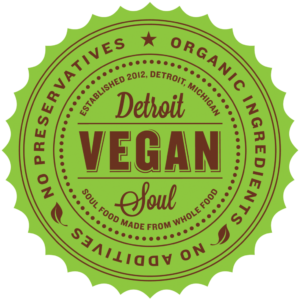
Restaurants like Detroit Vegan Soul are working to make sure that the residents of Detroit neighborhoods are the ones who benefit from the cities revitalization as opposed to outside investors.
Detroit Vegan Soul has received a great reception from the locals. This is because they partner with local food providers such as The Brinery, Earthworks, Keep Growing Detroit and D Town farms.
Remember Gentrifanatics, economic success and revitalization can come from within our communities. Communities don’t need outside investors and corporate money, they just needs hard working, smart people to champion the cause!
Why All This Matters To You
Wealth, Health, and Wellness should always be thought of as interdependent on each other.
Look at these examples in Detroit and transpose them into your own life. When it comes to you making money and becoming wealthy what is your “why”? Why do you want money? Is it so you can buy more stuff or is it so you can make a difference?
Taking care of yourself and your family comes first, you have to put on your own mask before you can help anyone else right?
What about after that? Your goal should be to get yourself and your family to where you need to be as quickly as possible so that you can start helping your community! Think about what you’re doing each day, what you’re thinking about, who you’re associating with. Are these factors getting you closer to financial freedom?
Check out my first post, Changing Your Mindset where I talked about all of these things and what you can do to get your mind working toward wealth, health, and wellness.
Think about your own city. Are there areas that are lower income, marginalized, run down, or all of the above? Then think…”do I want to help change that”?
Real wealth doesn’t come from a sheer want of money. Real wealth comes from solving problems for people. What problems do you see, what problems do you think you can change? Identify your passion and work within your strengths.
Profit is a byproduct of making an impact in someone else’s life!
Find your purpose.
If you’d like to discuss this or anything else just HMU, I’ll be around!
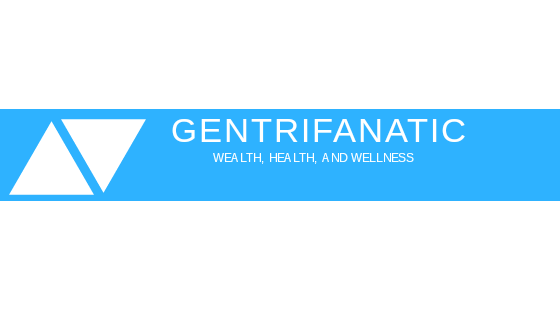
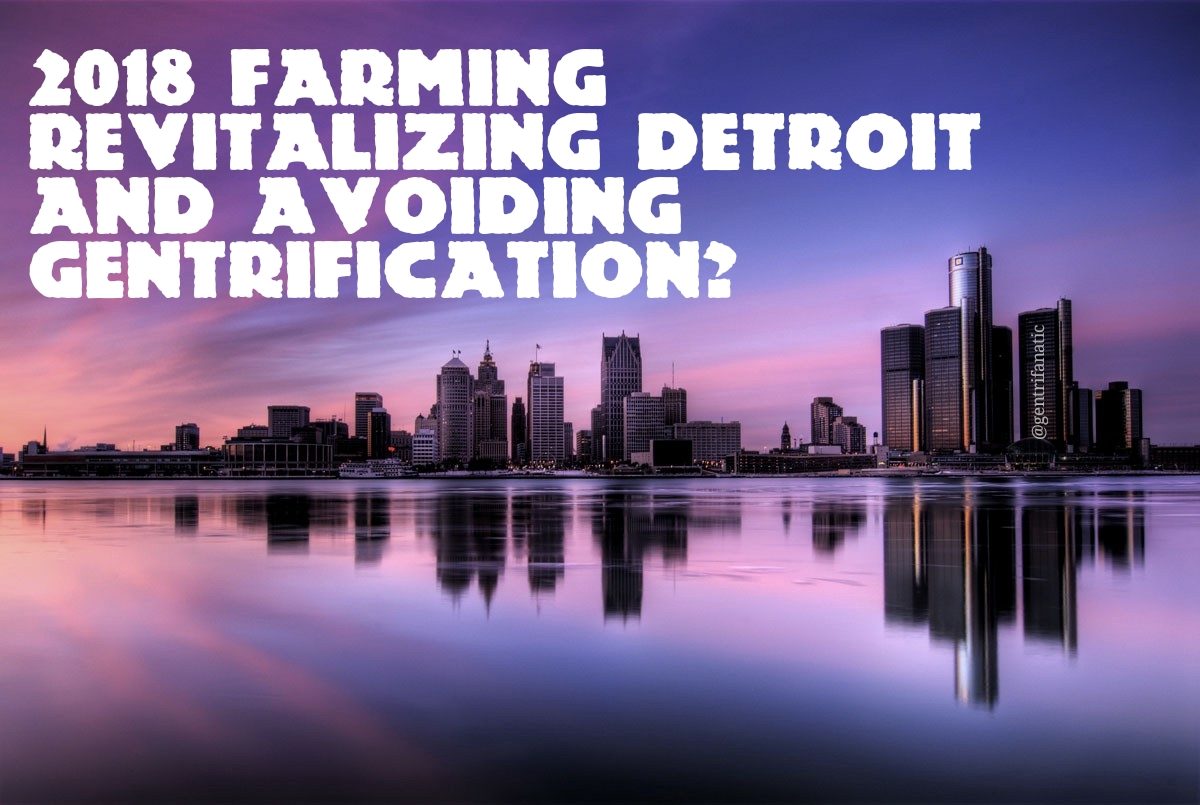



Pingback: 5 Life Changing Superfoods That Will Destroy the Unproductive You in 2018 - Gentrifanatic